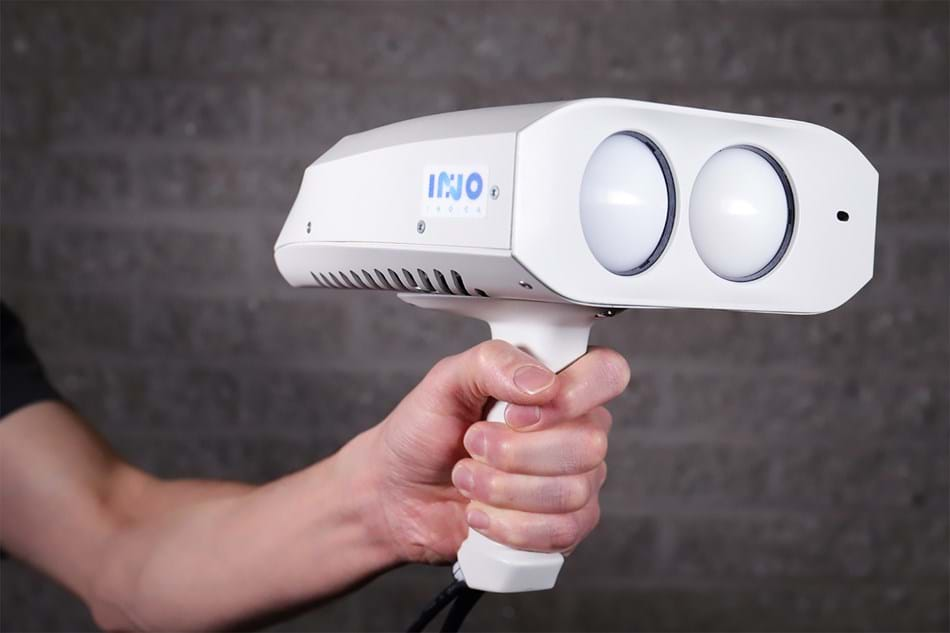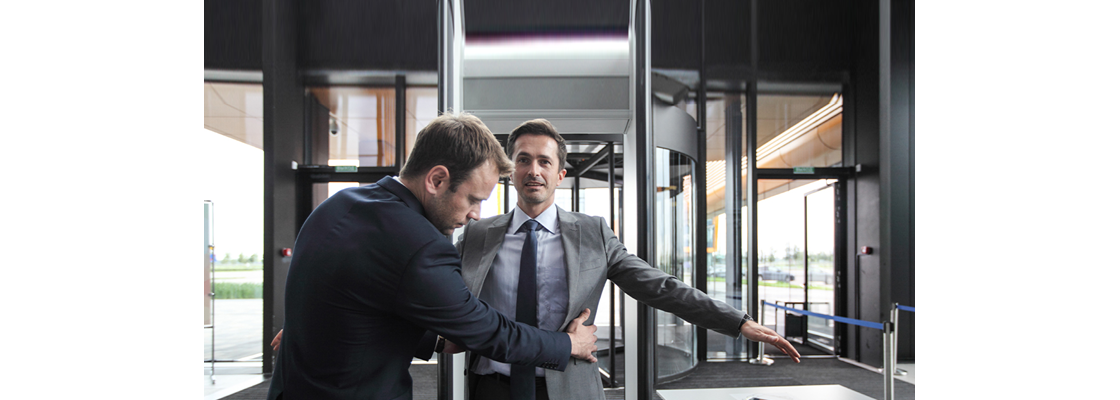People move around, go out, travel, and get together. They go places and gather for both business and pleasure in places like malls, stadiums, concert venues, cruises, and airports. When combined with sociopolitical tension, all that bustle increases the risk of assaults, riots, and even terrorist attacks—a sad reality that results in heightened security measures. Unfortunately, these often prove insufficient (e.g., some devices only detect metal objects) and the ones that do work tend to cause frustration (lengthy wait times, body searches, etc.).
Security challenges, privacy issues
These days, luggage is scanned using X-rays, while passengers go through a metal detector. When in doubt, security staff can use a body scanner or perform a manual search, as long as they have a reasonable motive. These security solutions have been in place for years and have barely evolved, if at all, over time.
Security staff hard-pressed to deliver on speed, accuracy
Resolving situations can take time and cause major security delays. People have to plan for delays between the time they arrive at a stadium or airport, for example, and the time of an event or flight. And body searches aren’t always effective, especially when an alarm goes off near an intimate area of the body, a religious article of clothing, a medical device (e.g., pacemaker), or a cast or bandage. Body searches are intrusive for those who must submit to them and can also be uncomfortable for the security staff who have to perform them.
Airport security systems also raise technical challenges. For example, today’s metal detectors can’t spot explosives or handguns that don’t contain metal. Without visual inspection, a passenger could therefore easily conceal an explosive device or ceramic knife on their person—especially during times of peak passenger traffic.
These issues will unfortunately get worse as air traffic increases. If nothing changes, such inefficiencies will result in higher labor costs for security personnel and bigger security risks. Clearly, current methods must be improved.
Is it possible to develop more effective security-enhancing technologies that also address wait time and privacy issues? Could we not come up with a portable system that allows security officers to detect metallic and non-metallic objects that pose a potential threat to other travelers and staff?
A safe solution for everyone
INO has developed technology that can solve these problems. We are currently developing a handheld device that enables detection of suspicious objects hidden under multiple layers of clothing without any contact. This device uses a terahertz imaging system with a high-resolution wavelength that is safe for people and does not show body parts on screen. It enables detection of both metallic and non-metallic objects hidden under clothing.
This small device can greatly reduce the need for airport body searches while finding items that metal detectors can’t. Security staff will be able to keep the public safe without having to touch people’s private parts or require them to remove clothing.
INO’s mission is to help companies and organizations solve problems like these. Our five-step method covers everything from design through to commercialization, allowing our partners to develop effective solutions to the technological and operational problems they face.
Contact us to learn more about airport security issues and INO’s prototype or to work with us on technologies that help make the world a safer place.
If you want to learn more about airport security issues and the INO prototype or are interested in working with us to develop technologies to help make the world a safer place, please contact me.





